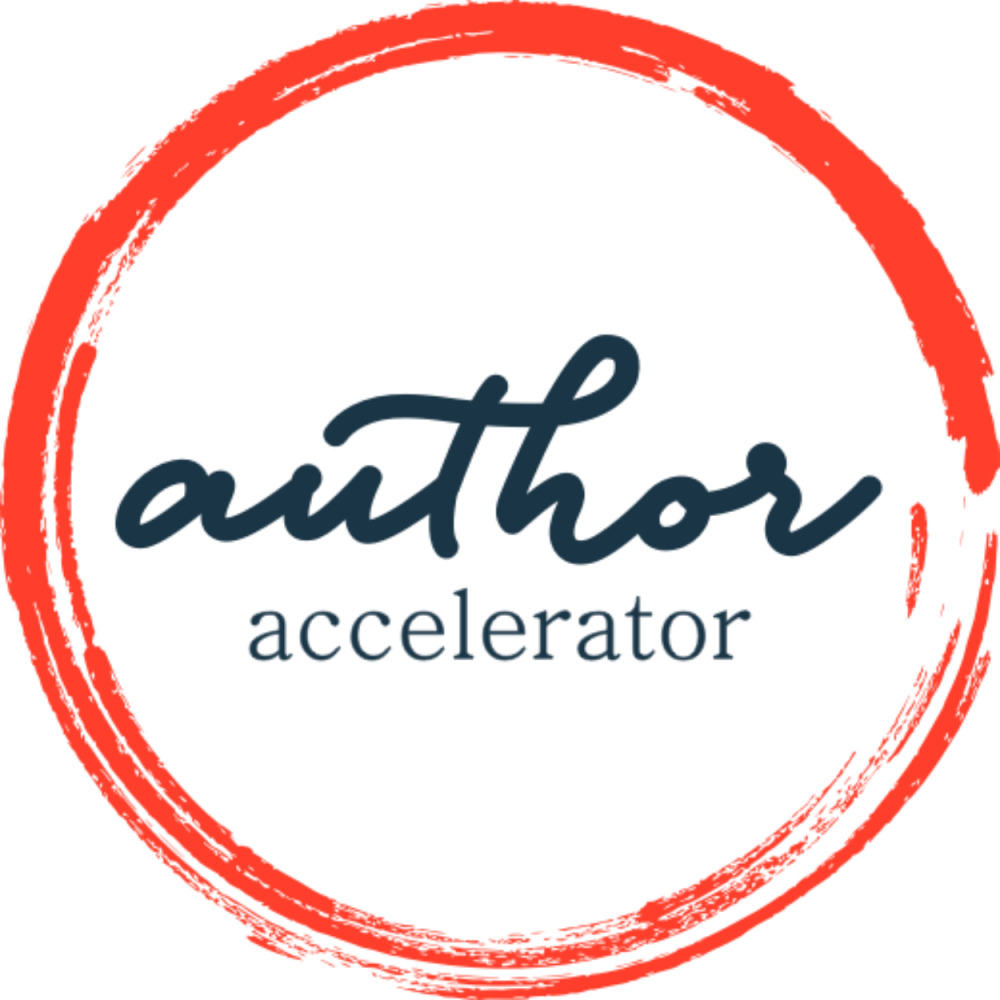
Ask the Editor is a column for your questions about the editing process and editors themselves. It also features first-page critiques. Want to be considered? Submit your question or submit your pages.
This month’s Ask the Editor is sponsored by Author Accelerator. Is book coaching your dream job? Take the One-Page Book Coaching Business Plan Challenge to find out what kinds of writers you would coach, how (exactly!) you will help them, and how much money you can make doing it. Sign up for our $99 mini-course that launches in May.
Question
How do you write organically and originally while sticking to Freytag’s Pyramid and the three-act structure? I’ve read Meander, Spiral, Explode by Jane Alison and Craft in the Real World by Matthew Salesses, both of which advocate moving beyond Freytag’s Pyramid and the three-act structure, but how do you do that and keep a genre story moving? (I write science fiction/fantasy for adults.)
—Trying to Escape the 3-Act Pyramid
Answer
Hello, Trying to Escape! I’m very glad for your question—the topic hits on an approach to writing that I frequently proselytize to authors.
The answer lies in your question: You say you want to write “organically and originally.” I love that—it’s the very seed of strong, singular storytelling and often the antithesis of “sticking to” a prescribed method or system, as you suggest in your question.
Trying to impose a particular mold onto your story and make it fit is writing from the outside in, rather than letting the story grow from the inside out, which I consider the more organic approach you describe.
It sounds like you may be try-curious, wanting to bust out of the strictures of a rigid approach and find your own—but perhaps a little leery that doing so will dissolve your story’s structure and cohesion?
Let me first offer a way of rethinking approach and structure for any story, not just genre fiction, and then suggest a method for organically finding what your story wants to be and how to most effectively unspool it.
Build your writing buffet
I am a big fan of craft books. Huge. I read them the same way I devour self-help, psychology, business, and (I’ll be honest) décor and style books: like popcorn—I can’t get enough.
But if I tried to slavishly dedicate myself to implementing every single system, I’d freeze up. It’s too much, and not everything I read is going to work for or resonate with me, or apply to every personal situation I face. (I’m looking at you, Marie Kondo. You take your folded underwear and get it out of my life.)
I think of all this information as a delightful smorgasbord from which to create my ideal plate. Each of them teaches me about topics I’m interested in and expands the knowledge I can draw upon in creating my preferred menu.
But to play out the metaphor way too far, I may not want the same plate for every meal. Maybe next time I decide to try some foie gras (why not? never had it) but then discreetly spit it into my napkin because it’s gross. Maybe I get a second heaping helping of something I loved—but it’s too much or I get tired of it.
We’ll stop with the gluttonous strained metaphor now, but you see the point? Think of all these craft approaches—many of which offer valuable, actionable, useful suggestions—as items in that cornucopia you can choose from at different times, with different stories. Take elements from various approaches, mix and match—find the right tool at the right time for the right job.
But how does that approach lend itself to creating a solid, cohesive story, rather than risk its riding off the rails?
Define Key Story Elements
What most craft techniques have in common is that they build from the basic form of story:
A character is invested in something or wants something; they face what stands in the way of their getting it, with varying results; and their failure or success in achieving it effects some meaningful change (in the character, their world, or both).
There’s lots of nuance and variation on that basic format, but this is what most readers anticipate from story.
Keeping those guiding principles in mind, you don’t have to unspool that story strictly to the three-act structure—or any prescribed system—as long as you hit certain key notes:
- If you establish your story’s driving forces—what your characters want and why; what they stand to gain or lose from attaining or failing to attain it; and what action they take or fail to take in achieving it—you have your basic building blocks.
- Understand that every story needs ups and downs to hold readers’ interest: movement toward attaining those goals, and setbacks away from them. Flat lines are narrative dead space. Create those levels throughout.
- While there may be many smaller ups and downs, identify the major successes and major setbacks the character experiences in the journey toward their goal—their key high and low points—and then plot a course that leads your character(s) to each. What actions (or failure to act) led to that major triumph or major challenge? What turning point shifts their course toward the next high or low?
Move the story forward
You ask how to make sure you keep the story moving—an excellent question, as forward momentum is essential for every engaging, compelling story. Keep in mind these guidelines for maintaining the propulsive elements of story:
- Keep your character(s) urgently pursuing both their overall goal and immediate goals in service to it in every scene throughout the story. Learn more: The Secret to a Tight, Propulsive Plot: The Want, the Action, and the Shift
- Make sure readers understand what your character stands to gain or lose at each step of the journey; keep stakes clear, high, and pressing throughout.
- Keep readers turning pages by raising questions and uncertainty throughout (suspense).
- Keep them engaged and uncomplacent by making sure every page carries elements of friction, opposition, conflict between your character and what they want both long-term and near-term (tension), whether great or small, internal or external, overt or subtle, direct or indirect.
- Let us see how your character(s) are affected, shaped, altered at each step along the path as a direct result of their actions and the consequences throughout (character arc).
This breakdown sounds overly simplistic—and it is. But these essential elements can serve as building blocks for any story, with any structure, the way that you can use LEGOs to make a house or a plane or a nine-foot-long replica of the Texas Capitol Building.
Worry less about adhering to a particular system of story structure and more about developing the essential elements of story, and it will free you to grow it organically, as you describe—and more originally.
The beauty of writing is that you have godlike freedom to do it any way you want to—to let yourself experiment, explore, and keep developing, shaping, and honing it as you see what works, and what may not be as effective in engaging readers and taking them on the journey you envisioned. And then you can try something else until you find what does. That’s editing and revision, and it’s the most magical part of writing, in my view. (In fact, I based my book Intuitive Editing on this exact idea, of finding your story organically.)
You don’t have to rigidly follow other people’s particular maps. Use them as a guide if you like: Especially if you get stuck or your story is treading water, lost in a detour, or stuck in a dead end, they can be useful tools to get you back on track and moving again.
But find your own route to your destination. You may find yourself falling off the edge of the flat Earth, or you may enter unexplored territories where there be dragons—and bring back never-before-seen wonders.
This month’s Ask the Editor is sponsored by Author Accelerator. Is book coaching your dream job? Take the One-Page Book Coaching Business Plan Challenge to find out what kinds of writers you would coach, how (exactly!) you will help them, and how much money you can make doing it. Sign up for our $99 mini-course that launches in May.



